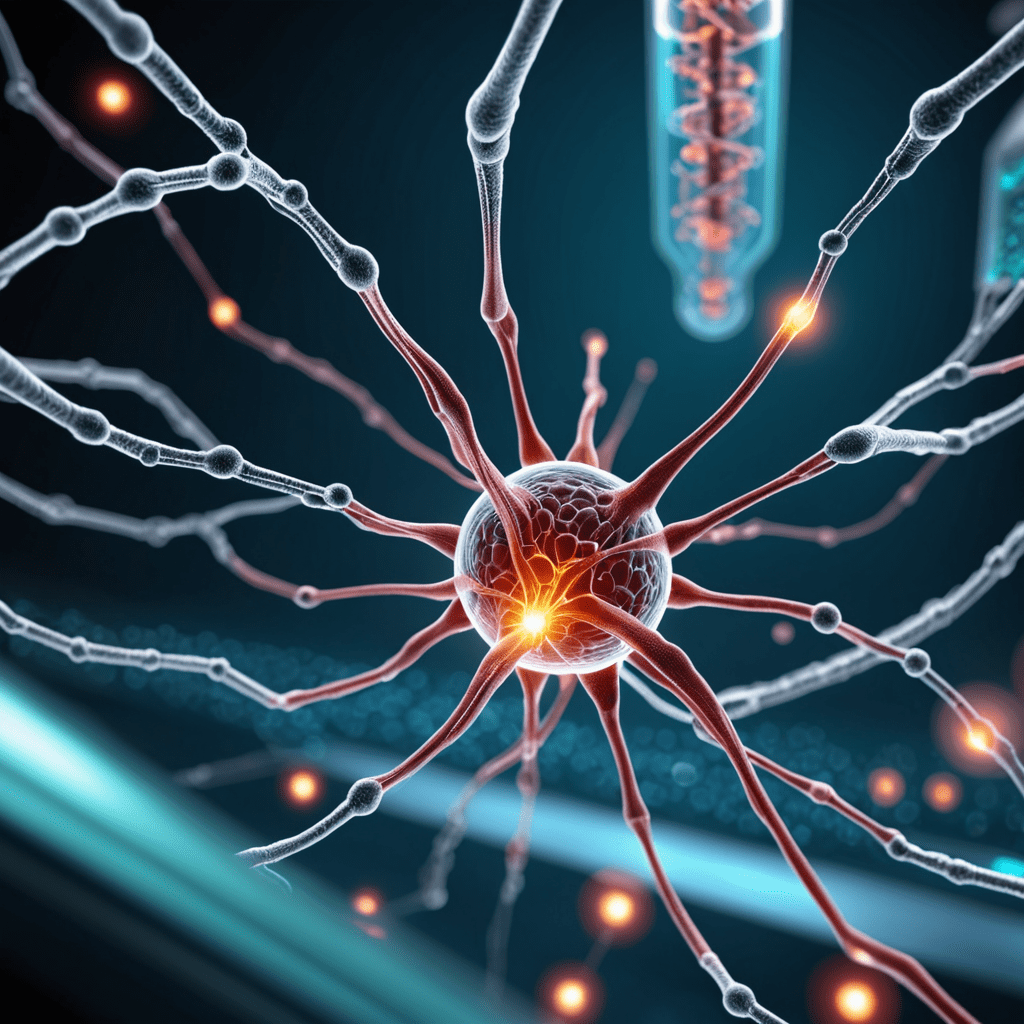The Impact of Nanotechnology in Biomedical Imaging
Nanotechnology has revolutionized the field of biomedical imaging by enabling advanced imaging techniques that offer unprecedented insights into the human body at the nanoscale level.
Nanoparticles in Imaging
Nanoparticles, such as quantum dots and gold nanoparticles, are used in biomedical imaging to enhance contrast and improve the detection of diseases at an early stage.
Targeted Drug Delivery
Nanotechnology allows for targeted drug delivery to specific sites in the body, maximizing therapeutic benefits while minimizing side effects through the use of nanocarriers.
Improved Resolution and Sensitivity
Nanotech-based imaging techniques, like super-resolution microscopy and nanoparticle-enhanced MRI, offer higher resolution and sensitivity for early disease detection and monitoring.
Biomedical Applications of Nanotech
From cancer imaging to neuroimaging, nanotechnology plays a crucial role in a wide range of biomedical applications, offering tailored solutions for various medical challenges.
Future Prospects and Developments
The continuous advancements in nanotechnology are poised to further enhance biomedical imaging, leading to more precise diagnostics, personalized treatments, and better patient outcomes.
Ethical Considerations and Safety Concerns
While nanotechnology holds immense potential in biomedical imaging, it is essential to address ethical considerations and safety concerns to ensure the responsible development and application of these technologies in healthcare.
FAQs about Nanotechnology in Biomedical Imaging
What is nanotechnology in biomedical imaging?
Nanotechnology in biomedical imaging involves utilizing nanoscale materials and technologies to enhance imaging techniques for better visualization and understanding of biological processes within the human body.
How does nanotechnology improve biomedical imaging techniques?
Nanotechnology allows for the development of contrast agents, nanoparticles, and probes with unique properties like targeting specific cells or tissues, enhancing resolution, and enabling real-time monitoring of biological processes at the molecular level.
What are some advanced imaging techniques enabled by nanotechnology?
Advanced imaging techniques such as nanoparticle-enhanced MRI, quantum dots for fluorescence imaging, and plasmonic nanoparticles for surface-enhanced Raman spectroscopy are examples of how nanotech is revolutionizing biomedical imaging capabilities.
What are the benefits of incorporating nanotechnology in biomedical imaging?
By harnessing nanotechnology, biomedical imaging techniques can achieve higher sensitivity, specificity, and resolution, leading to early disease detection, personalized medicine, and more effective treatment monitoring in the field of healthcare.


